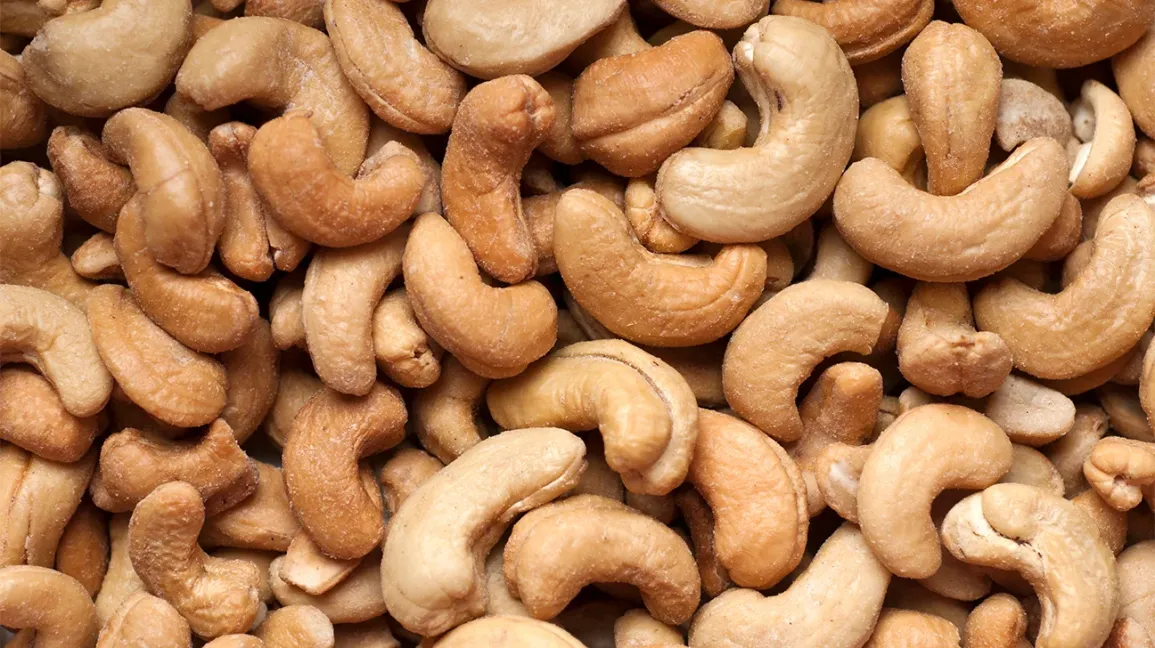innovuscollege.com – Kimchi is one of Korea’s most beloved and iconic dishes, recognized worldwide for its bold flavors and health benefits. This traditional fermented side dish is an essential part of Korean cuisine, enjoyed in countless varieties and prepared using time-honored methods passed down through generations.
The History of Kimchi
Kimchi dates back over 3,000 years, originating as a method of preserving vegetables for the harsh Korean winters. Early versions consisted mainly of salted and fermented vegetables, but with the introduction of chili peppers in the 17th century, kimchi developed its signature spicy and tangy taste. Today, it is a staple in Korean households and an important cultural symbol.
Ingredients and Preparation
The most common type of kimchi, baechu kimchi, is made using napa cabbage, radish, garlic, ginger, chili pepper flakes (gochugaru), fish sauce, and salt. The vegetables are coated in a spiced seasoning mix and left to ferment, allowing beneficial bacteria to develop, enhancing both the taste and nutritional value.
Health Benefits of Kimchi
Kimchi is not only delicious but also packed with health benefits:
Rich in Probiotics – The fermentation process produces lactobacilli, which promote gut health and digestion.
Boosts Immunity – Garlic and chili peppers in kimchi contain antioxidants and anti-inflammatory properties.
Supports Heart Health – Studies suggest that fermented foods like kimchi can help lower cholesterol and improve cardiovascular health.
Aids in Weight Management – Kimchi is low in calories yet high in fiber, making it a great addition to a balanced diet.
Different Types of Kimchi
While baechu kimchi is the most well-known, there are over 200 varieties of kimchi, including:
Kkakdugi – Cubed radish kimchi, known for its crunchy texture.
Oi Sobagi – Stuffed cucumber kimchi, often enjoyed during the summer.
Baek Kimchi – A mild, non-spicy white kimchi made without chili peppers.
Kimchi in Modern Cuisine
Kimchi has evolved beyond a side dish and is now a key ingredient in many fusion dishes. It is commonly used in fried rice, stews (kimchi jjigae), pancakes (kimchi jeon), and even Western-style foods like kimchi tacos and kimchi burgers.
Conclusion
Kimchi is a flavorful, nutritious, and culturally significant dish that continues to gain popularity worldwide. Whether enjoyed traditionally or in modern recipes, its unique taste and health benefits make it an essential part of Korean cuisine and global gastronomy. Embracing kimchi not only enhances meals but also connects people to the rich culinary heritage of Korea.





